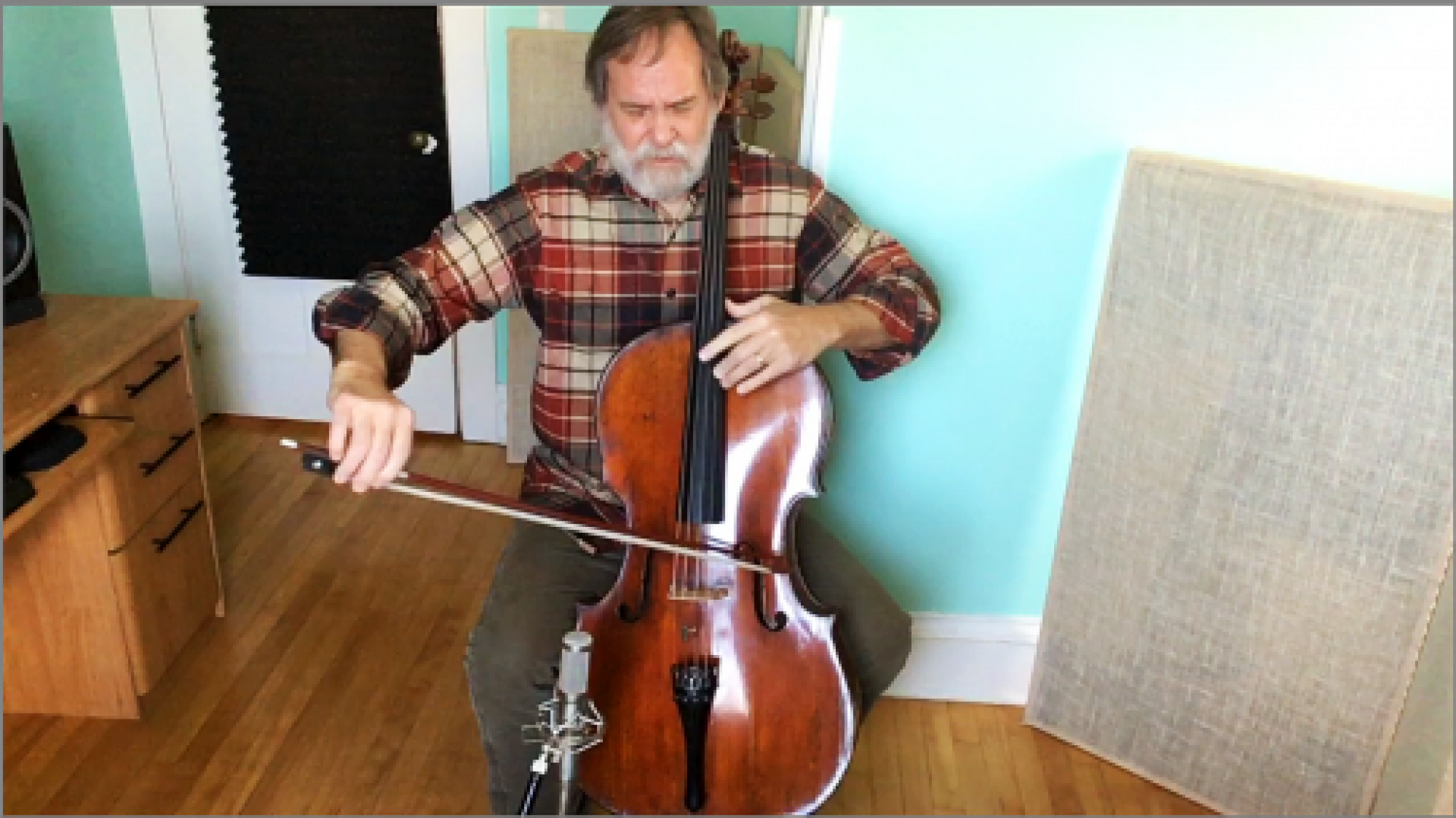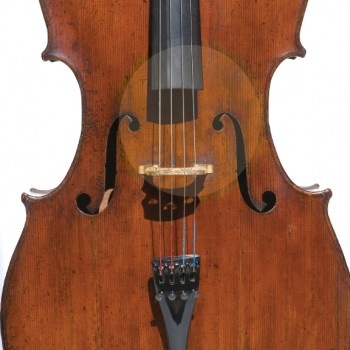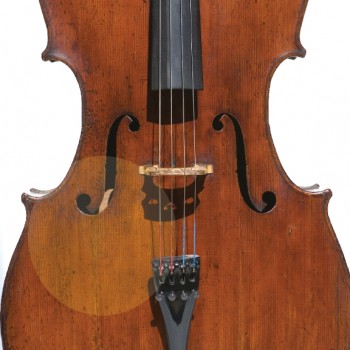Recording and Amplifying the Cello: Tips from the Studio and Stage
by Max Dyer, Cellomax Studio
For decades I’ve played cello on countless recording projects and produced a few myself. These days, most of my recording happens here at my home setup—Cellomax Studio—but I still work closely with musicians and producers from all over the world.
Over the years, I’ve learned (sometimes the hard way) what works for me. Here are my go-to mic placements, gear recommendations, and live sound tips, along with a few stories from sessions and the stage.
Miking the Cello in the Studio
Finding the Sweet Spot
Every sound engineer has an opinion, and every mic behaves differently. But after a lot of trial and error—and confirmation from Nashville’s legendary session cellist John Catchings—I’ve found my sweet spot:
-
Position the mic over an area about the size of a salad plate just below the bridge, leaning slightly toward the A string.
-
Keep it 14–22 inches away, roughly at bridge height.
-
Angle it slightly off-axis (never directly perpendicular) for a brighter, more natural tone.
-
Too close can make the sound boomy; too far can lose presence.
Two Go-To Placements
-
Bridge Placement
-
-
Tone: Bright, full, and “in-your-face.”
-
Distance: About 15 inches from the bridge.
-
Example: Claude Peritt – Chicago Land (Sugar Hill Studio, 2014).
-
-
-
Lower F-Hole Placement
My Favorite Studio Mics
-
Schoeps CMC6 with MK41 Hypercardioid Capsule
My #1 choice for cello—fantastic for both studio and live use. I run it through a Summit 2BA 221 preamp with a high-pass filter at ~70Hz to remove low-end rumble. -
Peluso Matched Cardioids
Affordable Schoeps alternative. For stereo, I place them in a 20–22 inch equidistant triangle toward the bridge.
Monitoring While Recording
-
I use flat Sennheiser headphones that don’t cup the ear, so I can hear the cello acoustically.
-
Avoid too much cello in your headphone mix—if you hear yourself too loudly, you’ll tend to underplay and the instrument won’t resonate fully.
Classical Recording
For classical projects, mic placement is farther away to capture room reverb, so the recording space itself is critical.
-
In orchestral audition settings, the Houston Symphony default was 6 feet high, 8 feet away.
Live Sound for Cello
DPA 4099-C Microphone
-
Clips behind the bridge, aimed toward the soundpost, slightly off-axis.
-
Roll off from 80–100Hz to control low-end buildup.
-
Works beautifully with an Acoustic Image Coda R amp or straight into the house PA.
Pickups and Blending
-
Realist Pickup under the bridge foot for high-volume gigs (rock, drums).
-
Blend pickup and mic—use as much mic as possible before feedback, then fill in with pickup signal.
-
I run the pickup through an LR Baggs Para DI.
Loud Stage Situations
-
In-ear monitors save my hearing and give me a clean mix.
-
Work with the sound engineer to balance your own sound with the band mix.
Hearing in the Orchestra Pit
As my hearing has changed, I’ve had to adapt.
-
I use an in-ear monitor in my left ear when seated near loud instruments (piccolo, timpani, brass).
-
My Sound Devices MM1 belt unit lets me feed my mic into my earphones while also receiving the conductor’s mix.
-
Earbuds: Westone ES5 for maximum isolation, or Sennheiser IE4 for adjustable isolation.
Final thought:
Whether in the studio or on stage, cello sound is a partnership between player, instrument, room, and technology. A few inches of mic movement—or a subtle EQ tweak—can make the difference between a good sound and a great one. Experiment, trust your ears, and let the cello resonate.


